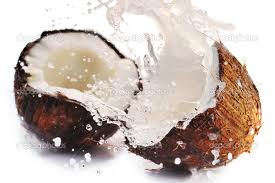 Sauerkraut is a traditional fermented vegetable dish. The technique to make sauerkraut can be applied to making any kind of fermented vegetable from carrots, turnips, various cabbage and kale to celery
Sauerkraut is a traditional fermented vegetable dish. The technique to make sauerkraut can be applied to making any kind of fermented vegetable from carrots, turnips, various cabbage and kale to celery
To prepare the Sauerkraut:
- Use savoy or white cabbage.
- Remove the outer leaves and core.
- Grate the cabbage either using a food processor or thinly sliced with a sharp knife.
- Thoroughly wash and drain.
- Line a large non-metal container (a tall earthenware pot is ideal) with cabbage or vine leaves.
- Place the sliced cabbage in well pressed layers each thinly covered with coarse Himalayan (or Atlantic) salt.
- Traditionally, Juniper berries are added between each layer but you can also use thinly sliced ginger, garlic, cardamom etc. Another thing that can be sprinkled between the layers to add therapeutic value is a probiotic culture from a commercially bought supplement.
- Finish with a handful of salt on the top layer. Allow 15 gr. of salt per1 kg of cabbage.
- Cover the sauerkraut with a non-bleached cotton cloth and place a non-porous weight on top of a small plate to press the layers evenly down.
The following day water should fully immerse the sauerkraut layer up to the weight. Make sure this is always the case. Keep in a cool place. After about 3 weeks and when there is no longer any foam forming on top of the cabbage layers the sauerkraut is ready to eat. Replace the liquid with fresh water.
Note: The sauerkraut will keep for many months as long as it is always immersed. Every times sauerkraut is taken out of the pot replace the cloth, plate and weight and add fresh water
In the next newsletter we will discuss ways in which bacteria affect our health and how to rectify poor gut flora



